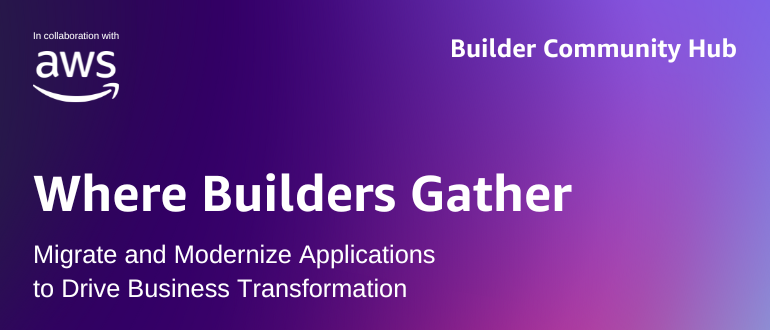The Vendor’s Survival Guide to Security Questionnaires
The Growing Importance of Security Questionnaires
Depending on who you ask, when the words ‘Security Questionnaire’ are mentioned, opinions will indeed divide. This is usually because not all organizations adopt technology to support the process. In a survey, we conducted with over 150 respondents in the industry, when asked, ‘How does your organization monitor for risks?’ 35.8% answered ‘Manually’. Just for context, spreadsheets were invented in 1979…
Today, it is more important than ever for vendors to understand security questionnaires and adopt best practices. Doing so not only ensures continued business operations but also demonstrates a commitment to security and the protection of all involved parties’ data.
What is a Security Questionnaire?
A security questionnaire is a standardized set of questions to assess a vendor or organization’s security practices and measures. These questionnaires evaluate vendors’ or partners’ security posture, ensuring adequate safeguards are in place to protect sensitive information and mitigate potential risks.
Organizations typically use them as part of their vendor procurement process to ensure they engage with trustworthy and secure entities.
Key Areas Covered in Security Questionnaires
Security questionnaires typically cover a wide range of cybersecurity topics, including:
- Network Security
- Data Protection
- Access Controls
- Incident Response
- Compliance with Industry Regulations
Other areas commonly addressed include:
- Application & Interface Security
- Audit Assurance and Compliance
- Business Continuity Management & Operational Resilience
- Data Center Security
- Encryption and Key Management
- Governance and Risk Management
- Identity and Access Management
- Infrastructure Security
- Hiring and Personnel Policies
- Security Incident Management
- Supply Chain Management, Transparency, and Accountability
- Threat and Vulnerability Management
Why You Might Receive a Security Questionnaire
Receiving a security questionnaire typically means your organization is being considered as a potential vendor or partner. The requesting organization wants to ensure that you are compliant, low-risk, and taking appropriate measures to protect data. As you access more sensitive client data, these organizations prioritize gathering comprehensive information about your security practices. Preparing to respond accurately and promptly to these questionnaires is crucial in today’s data-driven environment.
Common Challenges with Security Questionnaires (and how to fix them)
Whether your company relies on spreadsheets or has transitioned to more advanced practices, common challenges in the security questionnaire process include:
- Lengthy Questionnaires: Due to their comprehensive nature, these questionnaires are often detailed and time-consuming, with many often having up to several hundred questions. Establishing a consistent data-gathering process can help manage the length more efficiently.
- Gathering Accurate Information: Identifying the right individuals to gather required information and consult subject matter experts (SMEs) for relevant areas.
- Establishing a Standardized Process: Create a standardized process for answering questionnaires and ensure it is consistently implemented throughout your organization.
- Reporting: Move away from ad hoc reporting and aim for uniform, consistent processes to minimize response errors.
Most importantly, a common challenge our customers see is the overall reliability of vendor assessments. “A challenge we see in the industry is customers are not sure that they can rely on the answers provided by the vendor. An emerging trend in security questionnaires is applying more objective assessments based on criteria like security controls. Vendors can then show how they comply, rather than just answering the questions.” says our Head of Product, Jikku Venkat.
Best Practices to Overcome Security Questionnaire Challenges
To minimize or eliminate the challenges posed by security questionnaires, consider the following best practices:
- Identify Irrelevant Questions: Start by removing any irrelevant questions from the questionnaire. Provide evidence and reasoning to support why these questions are not applicable. Seek clarification on any unclear questions to ensure comprehensive answers.
- Provide a Remediation Plan: Prepare a solid remediation plan to address any security vulnerabilities identified in the questionnaire. Demonstrate ongoing efforts to align your security posture with customer expectations and consider discussing the potential for another assessment after implementing new controls. Taking responsibility and providing a remediation plan shows honesty, accountability, and a proactive approach to earning customer trust.
- Keep Answers Concise: Ensure answers are concise, assess strengths and weaknesses honestly, involve subject matter experts, communicate openly with partners, and seek clarification when needed to provide accurate information to assessors.
Leveraging AI for Security Questionnaire Automation
AI has significantly streamlined the security questionnaire process, offering several benefits for businesses:
- Dynamic Security Portals: Automation solutions can create portals that publicly showcase an organization’s security and compliance status, including certifications, attestations, and compliance reports. TrustCloud’s security portal is an example of one. These portals maintain themselves by connecting and pulling information from your security program, ensuring accuracy and up-to-date information with minimal effort.
- Faster and More Accurate Responses: Smart automation solutions can pre-populate answers based on controls in your security and compliance program, saving time and making collaboration among team members easier by allowing you to assign and tag the right people for the correct answers.
By adopting these best practices and leveraging AI, vendors can streamline their security questionnaire response processes, minimize risks, and build more trustworthy relationships with their partners and clients.
Seeking a solution that streamlines vendor risk management and automates security questionnaires? Imagine a tool that offers a comprehensive portal, securely shares information, uses AI to handle responses, and frees up your evenings. It might sound too good to be true, but with TrustShare, it’s a reality.
Forget the hassle of maintaining a knowledge base or configuring tools meant for RFPs. TrustShare takes care of everything, from AI-driven responses to seamless information sharing, which leads to faster sales cycles. See how DataRobot slashed Security Questionnaire Turnaround times from 10 days to 6 hours
Continue reading: Best Practices for Responding to a GRC Vendor Assessment
The post The Vendor’s Survival Guide to Security Questionnaires first appeared on TrustCloud.
*** This is a Security Bloggers Network syndicated blog from TrustCloud authored by Jikku Venkat. Read the original post at: https://www.trustcloud.ai/security-questionnaires/the-vendors-survival-guide-to-security-questionnaires/



